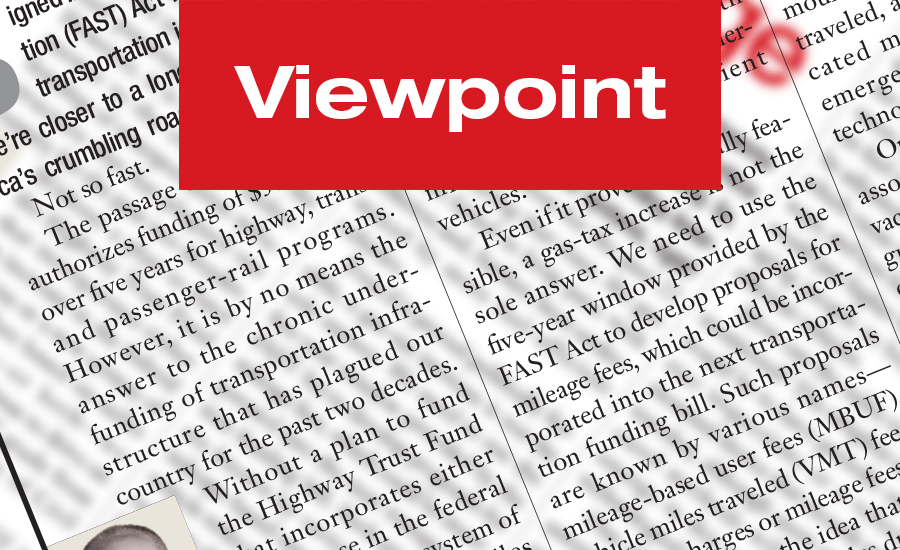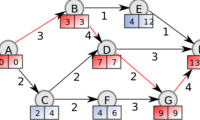 |
| Mark Nagata |
The American Society of Civil Engineer’s new schedule-delay analysis standard attempts to increase significantly an owner’s obligations to grant time extensions for “non-critical path” delays. For that reason, I believe it is flawed. A committee formed by ASCE’s Construction Institute has prepared the standard over the past few years, setting the stage for its recent publication. It provides 35 guidelines that ASCE recommends be followed when performing a schedule-delay analysis. ASCE’s assertion that owners should grant time extensions for non-critical-path delays is based on a new “off-setting delay” concept, which is described in the standard’s guideline 4.6. To legitimize this new concept, ASCE has re-defined “critical activities.”
Consider this new definition. Both long-standing industry best practices and ASCE’s new standard agree that the critical path of work is the longest path of work through the project and the path of work that determines the earliest date a project can finish. The industry has long understood that a critical activity is an activity on the critical path. Defying both logic and established industry practice, ASCE’s new standard asserts that critical activities don’t have to fall on the project’s critical path.
“The industry has long recognized the importance of holding each party responsible for the timely completion of the project.”
The industry has long recognized the importance of holding each party responsible for the timely completion of the project. Typically, when a contractor delays the project, the contract’s “liquidated damages” clause requires the contractor to pay the owner for each day of delay. However, ASCE’s standard undermines an owner’s ability to enforce this clause.
To demonstrate how ASCE’s offsetting-delay concept requires an owner to grant a time extension for a non-critical-path delay and waive the associated liquidated damages, consider the following example. An owner is building a school with a Sept. 1 contract completion date. But the contractor delayed the critical path by 60 days. Based on the project completing 60 days late, the owner would be entitled to assess 60 days of liquidated damages.
But the contractor says, “Wait, your late selection of the cafeteria wall color in August delayed the cafeteria completion 10 days beyond Sept. 1. Although completion of the cafeteria wasn’t on the critical path and didn’t delay the project, your late decision on the cafeteria wall color pushed non-critical work past the Sept. 1 contract completion date.” Using ASCE’s standard, the contractor might assert, “I owe you liquidated damages for only 50 days because you were responsible for delaying non-critical-path work 10 days past the contract completion date.”
As it stands today, the owner would be entitled to recover liquidated damages for 60 days because its actions did not delay the critical path. But ASCE’s standard states that the contractor would be responsible for only 50 days of liquidated damages; the other 10 days of liquidated damages would be “offset” by the owner’s 10-day non-critical delay. In essence, the standard states that the owner should grant the contractor a 10-day extension for performing non-critical-path work after the contract completion date.
In addition to violating long-established practice and basic logic, the ASCE’s offsetting-delay concept also is unfair. To illustrate this point, let’s say the same contractor is working for a different owner, building a different school. The contractor has the same Sept. 1 contract completion date. But this time, the owner’s actions delayed the critical path and, thus, the project by 60 days. But on this project, the painting subcontractor mobilized late and finished painting the cafeteria 10 days after the Sept. 1 contract completion date.
Applying the current ASCE standard, this owner would be justified in saying, “We delayed the project’s critical path by 60 days. But your painting of the cafeteria pushed non-critical work 10 days past the contract completion date. Therefore, we are granting you a time extension of only 50 days.” But under ASCE’s new standard, the owner is not entitled to the same consideration. ASCE’s offsetting-delay concept is a one-way street. It is unfair, inequitable and should not be accepted guidance when evaluating project delay. Let your local and national ASCE leaders know how you feel.
Mark Nagata is a scheduling expert who serves as a director and shareholder at Trauner Consulting Services Inc. He can be reached at 215-814-6400.
If you have an idea for a column, please contact Viewpoint Editor Richard Korman at kormanr@enr.com.





Post a comment to this article
Report Abusive Comment